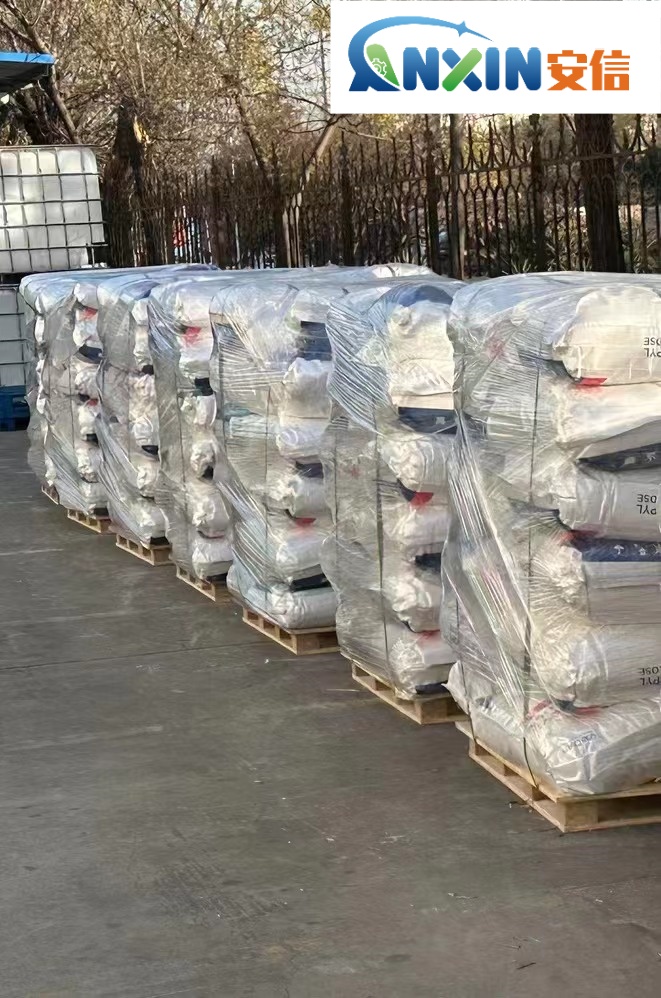Is hydroxyethylcellulose sticky?
Hydroxyethylcellulose (HEC) is a commonly used polymer in various industries, including pharmaceuticals, cosmetics, and food. Its properties can vary depending on factors such as concentration, molecular weight, and the presence of other ingredients. While HEC itself is not inherently sticky, its ability to form gels or solutions can result in a sticky texture under certain conditions.
HEC is a non-ionic water-soluble polymer derived from cellulose. Its primary function is as a thickening agent, stabilizer, or film-former in products ranging from personal care items like shampoos and lotions to pharmaceutical formulations and food products. Its molecular structure enables it to interact with water molecules, forming hydrogen bonds and creating viscous solutions or gels.
The stickiness of HEC-containing products can be influenced by several factors:
Concentration: Higher concentrations of HEC in a formulation can lead to increased viscosity and potentially stickier textures. Formulators carefully adjust the concentration of HEC to achieve the desired consistency without making the product overly sticky.
Interaction with other ingredients: HEC can interact with other components in a formulation, such as surfactants or salts, which may alter its rheological properties. Depending on the specific formulation, these interactions can contribute to stickiness.
Environmental conditions: Factors like temperature and humidity can affect the behavior of HEC-containing products. In humid environments, for example, HEC gels may retain more moisture from the air, potentially increasing stickiness.
Application method: The method of application can also influence the perception of stickiness. For instance, a product containing HEC may feel less sticky when applied evenly, but if excess product is left on the skin or hair, it may feel tacky.
Molecular weight: The molecular weight of HEC can impact its thickening ability and the texture of the final product. Higher molecular weight HEC may result in more viscous solutions, which could contribute to stickiness.
In cosmetic formulations, HEC is often used to provide a smooth, creamy texture to lotions and creams without leaving a sticky residue. However, if not properly formulated or applied, products containing HEC can feel tacky or sticky on the skin or hair.
while hydroxyethylcellulose itself is not inherently sticky, its use in formulations can result in products with varying degrees of stickiness depending on formulation factors and application methods. Formulators carefully balance these factors to achieve the desired texture and performance in the final product.
Post time: Apr-24-2024
